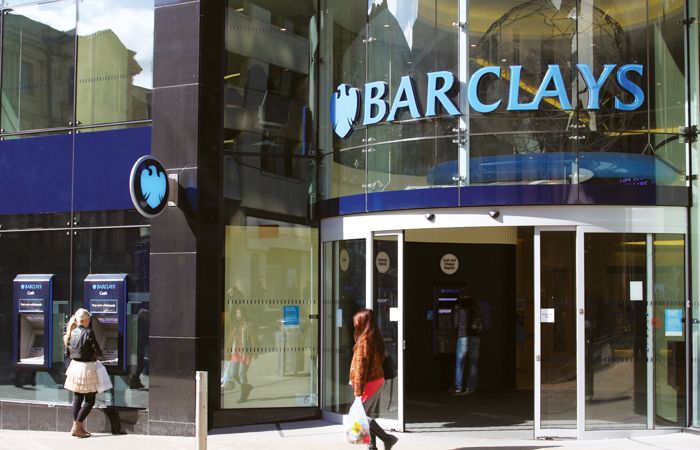
It’s the same question over and over right now: ‘Would you prefer a two-year or five-year fixed rate?’ The lack of true product innovation in the mortgage market over the past two decades is striking, especially when contrasted with progress in other areas like technology and lending criteria.
To be fair, lenders have certainly made strides in those areas. Advancements in tech and more flexible criteria have streamlined processes and opened doors for many borrowers. But when it comes to the mortgage products themselves, there’s little variety to discuss with clients beyond, ‘Have you thought about how long you’d like to fix your rate?’
This lack of variety isn’t new, but it’s surprising that more lenders (especially those outside the ‘big six’), haven’t seized the opportunity to genuinely innovate. Smaller and mid-sized lenders often struggle to compete with larger institutions that can afford to keep products on the market longer without compromising service standards.
We’ve seen what happens when a smaller lender puts out a highly competitive fixed-rate product: they can quickly become overwhelmed, with some taking months to recover after pulling such products too late.
Yes, we’ve seen the likes of Skipton and Accord bring higher LTV products to market, but this isn’t exactly groundbreaking. I remember when 100% mortgages were more mainstream, with a mortgage indemnity guarantee (MIG) paid by borrowers to protect lenders.
More recently, with the base rate cut, several clients have asked me about tracker mortgages. And while it might seem logical to consider a tracker product in a potentially falling rate environment, is there really any value in a 5.89% tracker rate* when you can get a five-year fixed at 4.64%? The numbers don’t add up; you’d likely be losing out for quite some time before you even break even.
Capped rates? They seem to have vanished. Offsets? Sure, but have you seen the pricing lately?
What we’ve seen instead is lenders relaxing scorecards and tweaking criteria to attract more business. For example, some are now catering to borrowers who would have been previously excluded, such as foreign nationals. This is undoubtedly welcome, but it doesn’t address the elephant in the room: the monotonous product range, dominated by two- and five-year fixed-rate deals.
So, here’s my challenge to smaller lenders: Is now the time to break the mould? Could you lead the way in offering more diverse mortgage products? You might need to educate your teams (and perhaps even some brokers newer to the industry) on how these products work, but there’s a real opportunity here. By bringing more choice to the table, you could not only attract more business but also differentiate yourself from the larger players, all whilst managing risk responsibly.
So, will you please step up and stop being boring?
*Rates as of October 2024 based on a 90% LTV purchase



